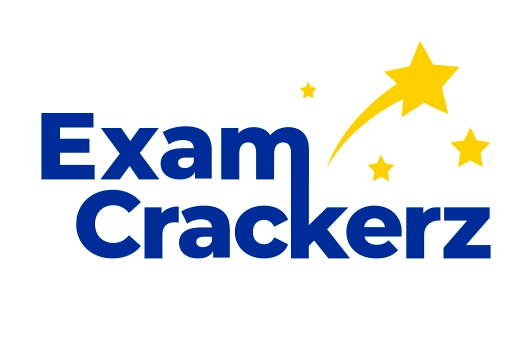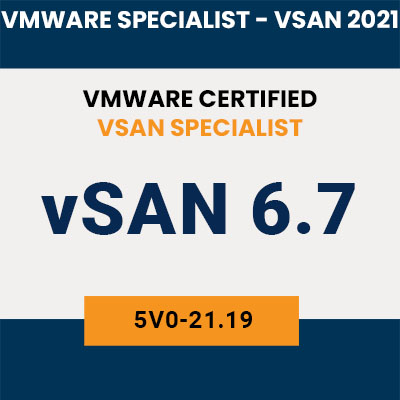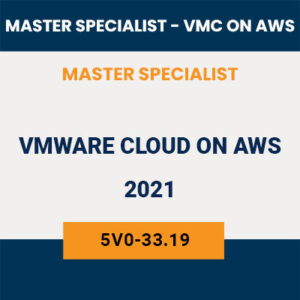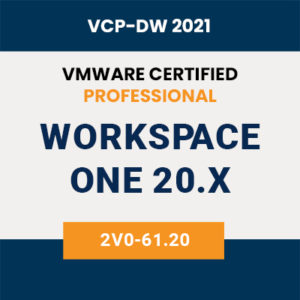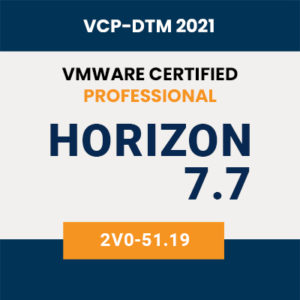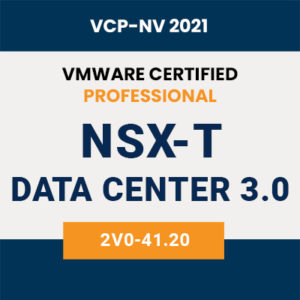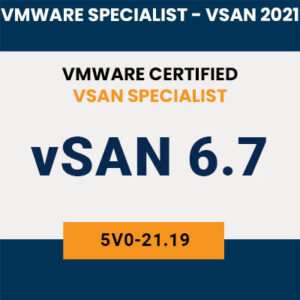Description
Exam Details
The VMware vSAN 6.7 Specialist Exam 2019 (5VO-21.19) which leads to VMware Specialist — vSAN 2021 badge, is a 60-item exam, with a passing score of 300 using a scaled method. Exam time is 115 minutes.
Exam Delivery
This is a proctored exam delivered through Pearson VUE. For more information, visit the Pearson VUE website.
Badge Information
For details and a complete list of requirements and recommendations for attainment, please reference the VMware Education Services — Certification website.
Minimally Qualified Candidate
The minimally qualified candidate (MQC) has 6-12 months hands-on experience configuring, managing, and designing vSphere and vSAN. The MQC can deploy and administer VMs using VMware vSphere Storage Policy-Based Management (SPBM). The MQC has basic knowledge in these areas: storage, networking, hardware, security, monitoring, and troubleshooting. The MQC holds a current VCP6-DCV, VCP6.5-DCV, VCP-DCV2019 or VCP-DCV 2020 certification.
Exam Sections
VMware exam blueprint sections are now standardized to the seven sections below, some of which may NOT be included in the final exam blueprint depending on the exam objectives.
Section 1 — Architecture and Technologies
Section 2 — Products and Solutions
Section 3 — Planning and Designing
Section 4 — Installing, Configuring, and Setup
Section 5 — Performance-tuning, Optimization, and Upgrades
Section 6 — Troubleshooting and Repairing
Section 7 — Administrative and Operational Task
If a section does not have testable objectives in this version of the exam, it will be noted below, accordingly. The objective numbering may be referenced in your score report at the end of your testing event for further preparation should a retake of the exam be necessary.
Sections Included in the Exam
Section 1 — vSAN Architectures and Technologies
Objective 1.1— Describe vSAN requirements
Objective 1.2 — Demonstrate how vSAN stores and protects data
Objective 1.3 — Define vSAN space efficiency features
Objective 1.4 — Define vSAN stretched cluster architecture requirements
Objective 1.5 — Compare the architectural requirements of a vSAN 2-node cluster and a stretched cluster
Section 2 – Planning and Designing — There are no testable objectives for this section
Section 3 – Planning and Designing a vSAN Solution
Objective 3.1 — Define and demonstrate vSAN design considerations Objective 3.2 — Design a vSAN cluster
Objective 3 3 — Use vSAN design and sizing tools
Objective 3.4 — Explain interoperability with vSphere features Objective 3.5 — Define which VMware solutions integrate with vSAN
Section 4 — vSAN Installation, Configuration, and Setup
Objective 4 1 — Configure and validate a vSAN configuration
Objective 4.2 — Create and manage disk groups Objective 4.3 — Configure and validate vSAN services
Objective 4.4 — Configure vSAN stretched cluster and 2-node configurations
Section 5 — Performance-tuning, Optimization, and Upgrades — There are no testable objectives for this section
Section 6 — Troubleshooting and Repairing a vSAN solution
Objective 6.1 — Identify failure scenarios Objective 6.2 — Interpret vSAN Health warnings
Objective 6.3 — Determine vSAN Health using vSphere Host Client, ESXCLI, and RVC
Objective 6 4 — Evaluate performance information in the UI and using CLI
Objective 6.5 — Manage hardware replacement
Section 7 — vSAN Administrative and Operational Tasks
Objective 7 1 — Create, update, and modify vSAN policies and apply to objects
Objective 7.2 — Describe vSAN data placement changes Objective 7.3 — Interpret vSAN capacity terms
Objective 7.4 — Evaluate vSAN performance metrics
Objective 7.5 – Describe effected of maintenance mode options
Objective 7.6 – Explain how to add capacity to a vSAN cluster
Objective 7.7- Patch or upgrade vSAN cluster
Objective 7.8- Describe the operational characteristics /difference between vSAN 2-node architecture and stretched cluster
Objective 7.9- Explain encryption processes
Objective 7.10- Explain how to utilize TRIM and UNMAP from vSAN and guest perspective
